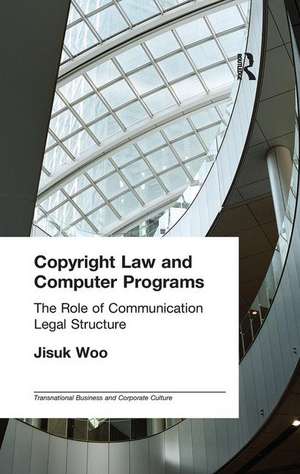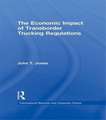Copyright Law and Computer Programs: The Role of Communication in Legal Structure: Transnational Business and Corporate Culture
Autor Jisuk Wooen Limba Engleză Paperback – 28 iun 2018
Preț: 241.70 lei
Preț vechi: 289.10 lei
-16% Nou
Puncte Express: 363
Preț estimativ în valută:
46.25€ • 48.42$ • 38.27£
46.25€ • 48.42$ • 38.27£
Carte tipărită la comandă
Livrare economică 07-21 aprilie
Preluare comenzi: 021 569.72.76
Specificații
ISBN-13: 9781138966758
ISBN-10: 1138966754
Pagini: 260
Dimensiuni: 138 x 216 mm
Greutate: 0.48 kg
Ediția:1
Editura: Taylor & Francis
Colecția Routledge
Seria Transnational Business and Corporate Culture
Locul publicării:Oxford, United Kingdom
ISBN-10: 1138966754
Pagini: 260
Dimensiuni: 138 x 216 mm
Greutate: 0.48 kg
Ediția:1
Editura: Taylor & Francis
Colecția Routledge
Seria Transnational Business and Corporate Culture
Locul publicării:Oxford, United Kingdom
Cuprins
Preface; Chapter 1 Introduction; Part I Copyright System as Legal Structure; Chapter 2 Law as a Process of Structuration; Chapter 3 Structural Rules and Resources in Copyright System; Chapter 4 The Process of Research; Part II The Dynamics of Structural Change; Chapter 5 Computer Program Copyright Cases; Chapter 6 Interplay of Actors, Resources, and Court Decisions; Chapter 7 Use of Structural Rules and Resources in Legal Arguments; Part III Process of Structuration in Copyright Cases; Chapter 8 Reassessing the Role of Communication; Chapter 9 Conclusion; epilogue EpiloguefigappI_1 The Process of Structuration Through Communicative Actions Coding Schemes for the Analysis of Arguments Appendix IV;











